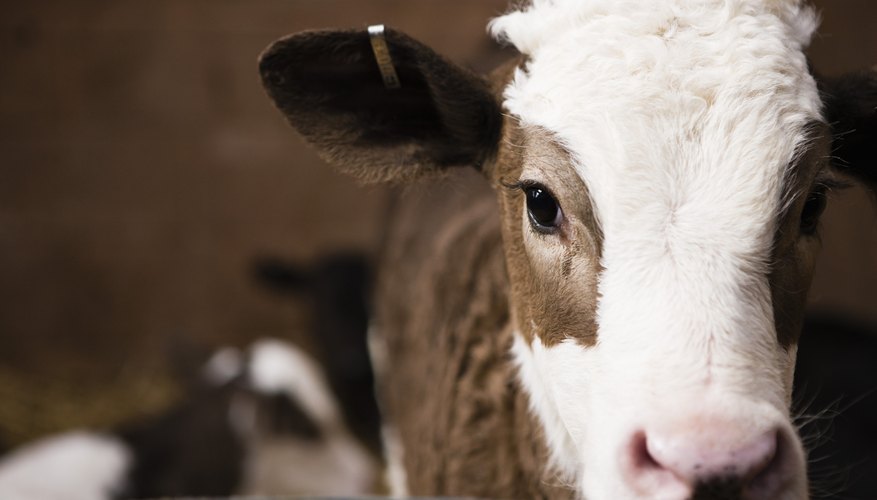Synulox is used to fight a range of bacterial infections commonly found in cats, dogs and domestic farm animals. Synulox is a prescription medication available only from veterinarians and should be administered under a vet's care. There are a few side effects and precautions that should be considered when using this medication.
Identification
Synulox is a brand name for a veterinary antibiotic used for treating health problems of the lungs, gums and nasal tract. Synulox has also been used as a broad base antibiotic for dogs, cats and farm animals. This drug is a compound of amoxicillin and clavulanic acid.
Side effects
Any reputable authority such as an experienced veterinarian will tell you there are side effects to Synulox in some animals. This medication could interact with other medications such as tetracycline and chloramphenicol. The animal could develop a resistance to treatment because of this. The animal may also experience diarrhoea because of a change in the bacteria in the animal's intestine.
- Any reputable authority such as an experienced veterinarian will tell you there are side effects to Synulox in some animals.
- The animal may also experience diarrhoea because of a change in the bacteria in the animal's intestine.
Precautions
This medication is not recommended for animals with a known sensitivity to penicillin or cephalosporins because Synulox has semi-synthetic penicillin in it. Administer the medication after feeding the animal to avoid creating an upset stomach, especially in dogs. If vomiting is persistent after administering the medication, consult a veterinarian. Do not use this medication with pregnant or breeder animals because of the lack of testing in these type of animals.
- This medication is not recommended for animals with a known sensitivity to penicillin or cephalosporins because Synulox has semi-synthetic penicillin in it.
- Administer the medication after feeding the animal to avoid creating an upset stomach, especially in dogs.
Dosing
The proper dosage for Synulox is 6.25mg per pound of body weight two times a day. Infections of the skin and soft-tissue should be treated from five to seven days; but, if the animal fails to show any response after three days, stop treatment and consult your veterinarian. Although treatments may take longer in certain illnesses such as urinary infections, no treatment should take longer than 30 days.
Human warnings
Because Synulox contains penicillin and cephalosporin, persons who administer Synulox may experience an allergic reaction following injection, accidental inhalation or skin contact, which can be serious. If you are allergic to penicillin you should not handle Synulox without gloves. Wash your hands after administering this medication. If you develop skin rashes, swelling around the face or eyes or difficulty breathing, seek immediate medical aid.
- Because Synulox contains penicillin and cephalosporin, persons who administer Synulox may experience an allergic reaction following injection, accidental inhalation or skin contact, which can be serious.
Animal warnings
Synulox is an animal treatment only. Do not give this medication to small herbivores such as rabbits, hamsters, gerbils or guinea pigs. Milk from milking animals cannot be consumed by humans during treatment and should not be consumed until after 60 hours after the final treatment. If you are treating beef cattle, you cannot slaughter these animals until after 42 days from the last treatment to avoid consumption by humans. Other animals can be slaughtered after nine days.
- Synulox is an animal treatment only.
- Milk from milking animals cannot be consumed by humans during treatment and should not be consumed until after 60 hours after the final treatment.
